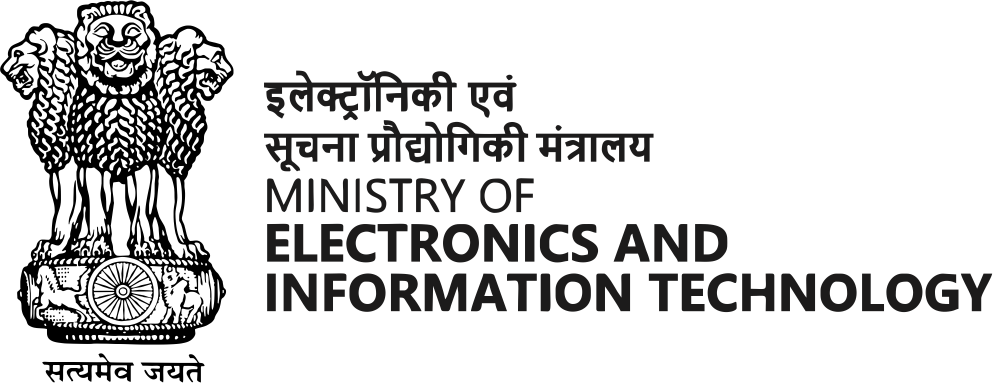Know about what the Law Says
It is a punishable offence by law and attracts section 354 (D), 506 / 507, 509 IPC and 384 IPC, and Sec.67 of IT Act is also applicable.
Offenders in such crimes usually thrive on the victim’s silence and lack of clarity in the law. Hence, everyone needs to be aware of the codes and sections that will help them in such cases.
Section 108(1)(i)(a) of the Criminal Procedure Code empowers the victim to call the magistrate of her locality and inform him/her about the person whom she believes could circulate any obscene matter. The magistrate has the power to detain such person(s) and can order him to sign a bond to stop him from circulating the material. This might deter the accused. This is a quick remedial section because the victim can lodge the complaint with the magistrate without any direct evidence against the accused.
Section 292 of the Indian Penal Code (IPC) incriminates any person who distributes or threatens to disperse any intimate and compromising images of someone through any electronic means, including apps and other social media.
If a picture of woman is clicked in an obscene manner without her knowledge and is distributed, a voyeurism case under Section 354C of the IPC can also be filed along with the aid of other relevant sections from the Information Technology Act.
Ref:-
• Cybercell Delhi
• Indian Express
• India today



